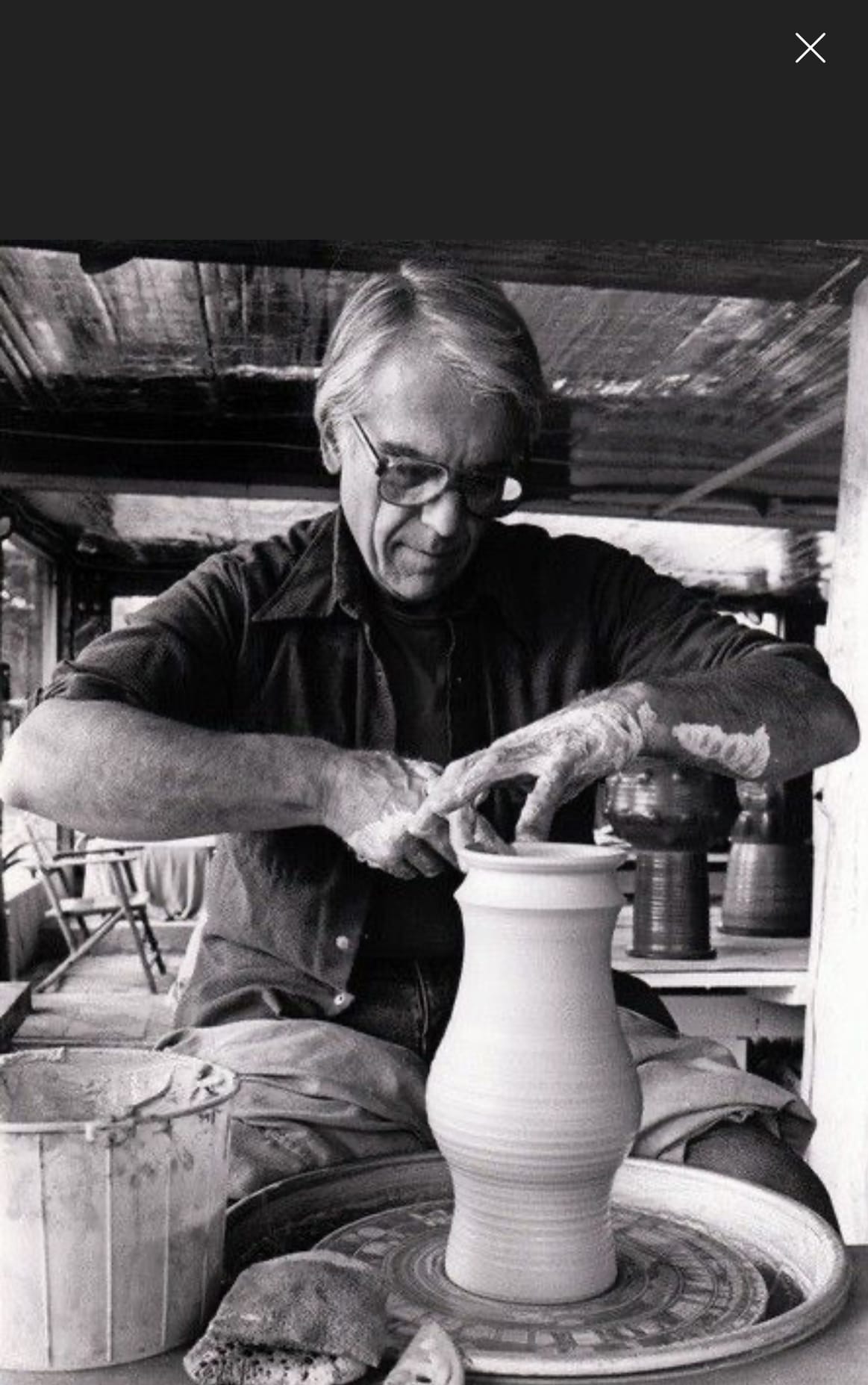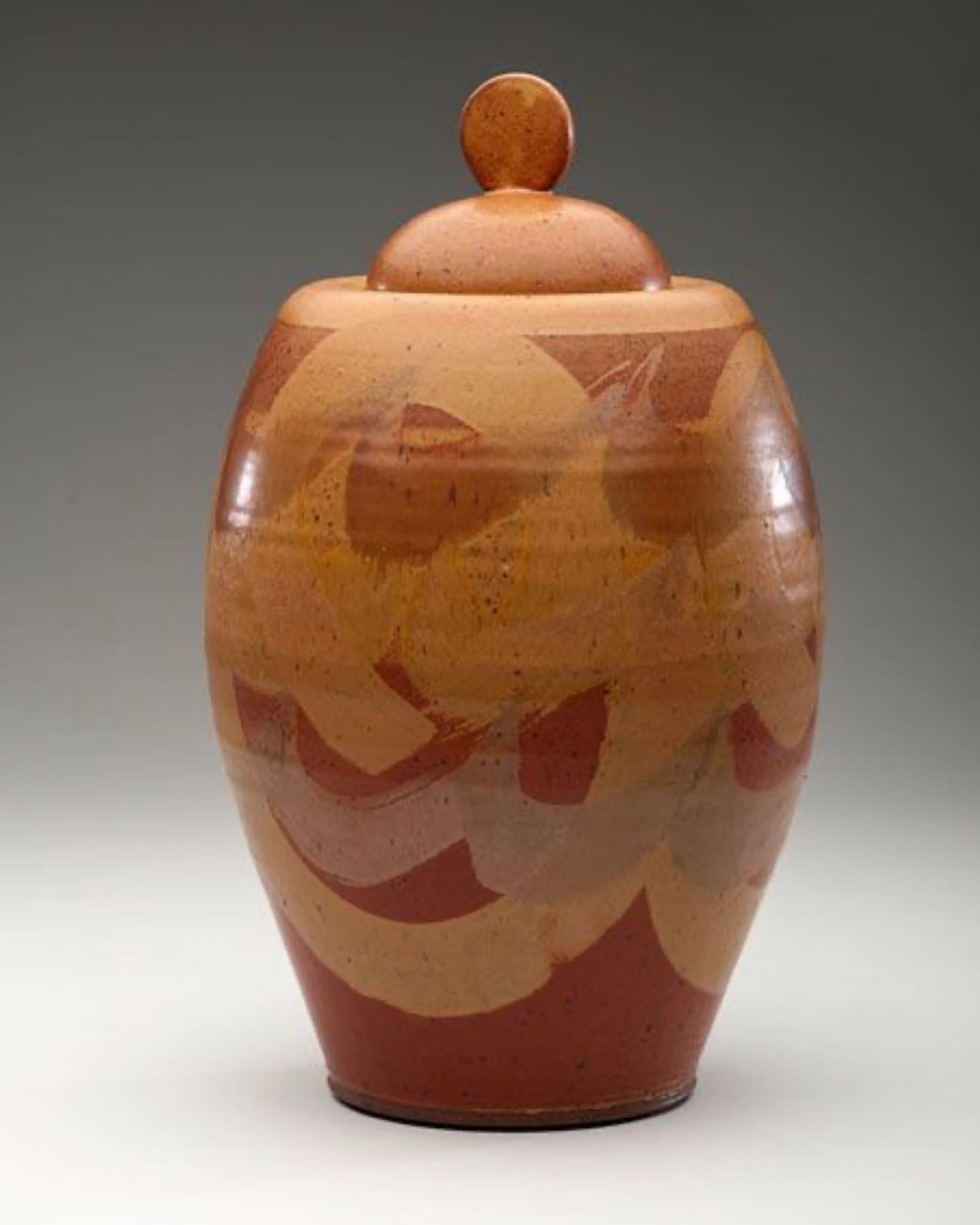
Along with countless other students from across the country, I attended the summer school session to learn about glaze formulas and technical ceramic theory and practice. All of us owe a great debt to Val Cushing for his great teaching skill in guiding artists through chemistry and keeping it relevant and useful. The easy at hand knowledge, the abundance of kindness and the beautiful pottery and glazes are a legend. The reason I can now enjoy John Britt's videos on glazes so easily is we speak the same language. It comes right out of being one of Val's students.
Val Cushing (1931–2013) was one of the most influential ceramic artists and educators of the 20th century. Renowned for his expertise in glazes, functional pottery, and innovative teaching methods, Cushing left an indelible mark on the ceramics world. His legacy continues to inspire generations of artists and students, particularly through his work at Alfred University, where he taught for over 40 years.
A Legacy at Alfred University

After completing his MFA, Cushing returned to Alfred as a professor, where he taught from 1957 until his retirement in 1997. During his tenure, he mentored countless students, many of whom went on to become influential ceramicists in their own right. His approach combined scientific precision with artistic expression, particularly in the field of ceramic glazes. He meticulously developed and shared glaze recipes, emphasizing the chemistry behind their color, texture, and durability.
Cushing’s Influence on Ceramic Glazes
One of Cushing’s most enduring contributions is his extensive research on ceramic glazes. He meticulously documented his findings, compiling an archive of glaze formulas that are still widely used today. His ability to demystify glaze chemistry made his teachings accessible to both students and practicing potters. His glaze research focused on achieving subtle, nuanced surfaces that enhanced form while maintaining durability and functionality.
Many of his glazes—often characterized by their warm, natural tones and soft satin finishes—have become staples in studio pottery. Cushing’s glaze formulas and insights continue to be referenced by artists worldwide, helping shape contemporary ceramics.
A Life Dedicated to Pottery

Beyond his work as an educator, Cushing was a dedicated studio potter. His work was exhibited in galleries and museums across the United States, including the Smithsonian Institution, the Everson Museum of Art, and the Renwick Gallery. He was also a frequent lecturer and workshop leader, sharing his knowledge with ceramic artists across the country.
Cushing was known for his ability to balance function and beauty in pottery. His pieces often featured rich, earthy glazes with soft, organic forms, reflecting his deep appreciation for nature. He believed that everyday objects—mugs, bowls, teapots—should not only be useful but also bring joy and aesthetic pleasure to their owners. His work continues to inspire, proving that the best pottery is not just made—it is carefully studied, passionately crafted, and lovingly shared.
